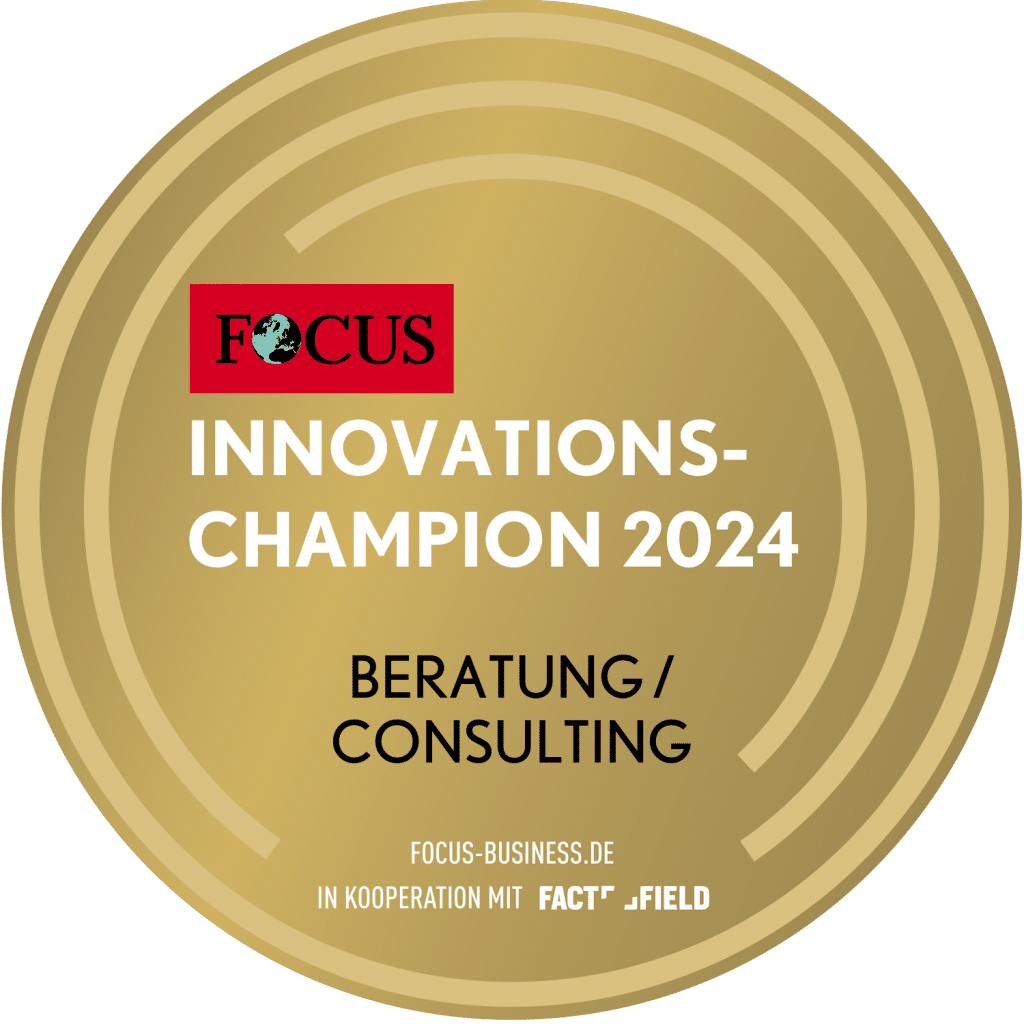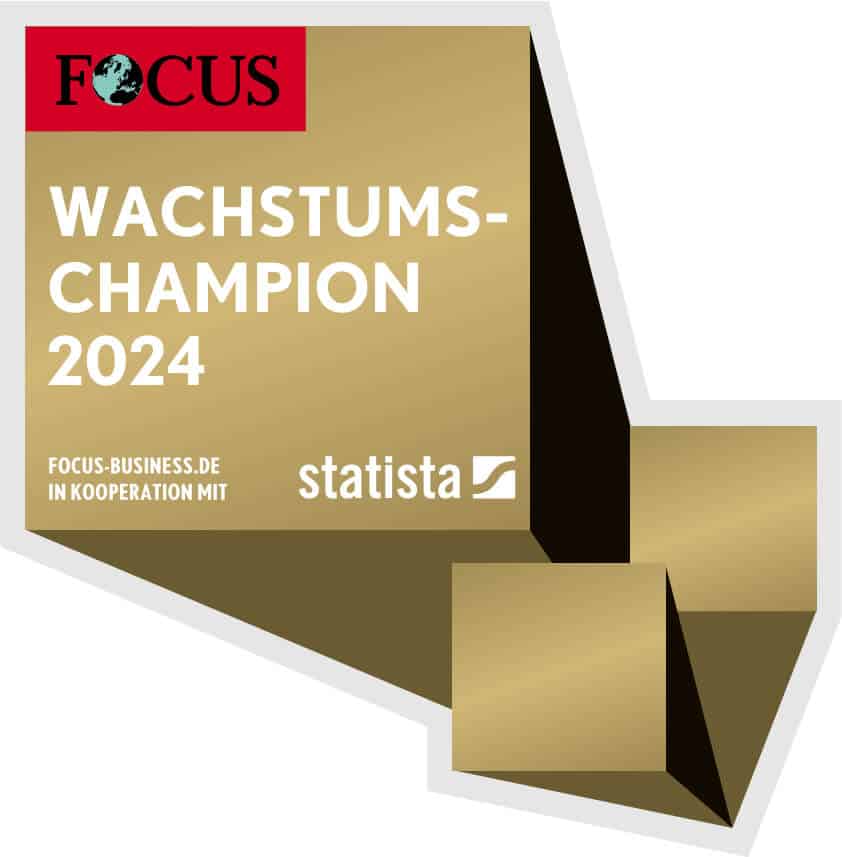Various trends of different origins have an impact on companies. Depending on their half-life, their socio-cultural depth of penetration and the degree of globalization, trends also develop into so-called megatrends. The challenge for a company is to recognize the relevant trends, to evaluate them validly and to derive and implement measures. Even the sensitivity to recognize trends is a skill that is essential for companies. For the adaptation of trends, i.e. for the Process of deriving measures and their sustainable establishment, the development of new business capabilities becomes necessary. This article provides a compact overview of the trends that need to be taken into account, their interaction and the basic requirements for successfully adapting trends. There is a tried and tested method for doing just that.
What are business capabilities?
A business capability defines a company's ability to successfully perform a core activity (see Business Capability Managementpage 10). The business capability view is based on a holistic approach. It answers the question: What can a company do? This answer takes into account all levels of a company: It includes the knowledge and skills of employees and managers, the strategic orientation of the company, as well as its procedural implementation and the supporting technologies and machines.
The development of business capabilities is time-consuming, especially when new employees have to be hired or trained, processes changed or IT systems introduced. Several different skills are required at different levels in order to take advantage of the trend and meet the resulting requirements.
To the trends
By definition, trends lead to changes in markets and boundary conditions in the corporate environment. Trend analysis answers the question of which trends are relevant for the company. Different types of trends are taken into account.
Megatrends
A megatrend is characterized by the fact that it is not predicted, but that it already exists. It marks a change that is already shaping society and the market and will continue to do so over a longer period of time. Megatrends therefore span several decades, have an impact on all people and all levels of society, and are independent of technologies and technology trends.
Technology trends
Technical trends are based on technical innovations. The technical trends included topics such as Cloud computing and 3D printing. They usually have an impact over a shorter period of time and are therefore less comprehensive than megatrends. However, even in their technical variant, the adaptation of trends can in turn trigger megatrends, as was the case with the development of the internet, for example: ultimately, it originated in the ARPANET, which triggered the connectivity megatrend. Technical trends are therefore highly relevant for companies.
Industry-specific trends
Trends must be viewed and evaluated in their industry-specific context. The technical trend of digitalization, for example, has generated a new type of initiative in agriculture. Digital farming" includes aspects such as high-tech combine harvesters, milking robots and sensor technology in animal husbandry.
Consideration of the interaction
The interaction between business capabilities, trends and business models in a digitalized world can be illustrated using the example of the trend topic of big data analysis: In the business models of the digital age in particular, the Focus on the user or customers. For example, customer orientation is characterized by the fact that predictive maintenance prevents cost-intensive downtimes for highly complex and time-critical machines, systems or devices.
The strategic decision to introduce predictive maintenance - as a competence of a company - requires the development of a large number of other new skills. These take place at both the process and IT level, for example, or relate to the Skills of the employees.
Providing reliable information on maintenance status in turn requires large amounts of data as well as the techniques and databases of the big data analysis trend. This opens up numerous new possibilities that can shape and simplify work processes on a large scale as well as in detail. As part of the digital business model, for example, the new processes and IT infrastructures also open up new billing options. For example, the manufacturer of an imaging procedure knows the exact number of images produced and can bill the exact "cost per image" on this basis.
Successful adaptation of trends: from trend to capability
It is already challenging for a company to select the trends that are relevant for the company from the enormous number of trends. The decisive factor for the success of adapting trends is therefore, above all, solving the task of identifying the skills that are needed to ultimately adapt the trend.
At TCI, we have developed a method to derive the required capabilities from the trends: "Trend to Ability" (t2a). In a follow-up article here on the TCI Blog we will present this method in more detail.
(Cover image: © Patrick Müller, background: © Rawpixel.com | Adobe Stock)


